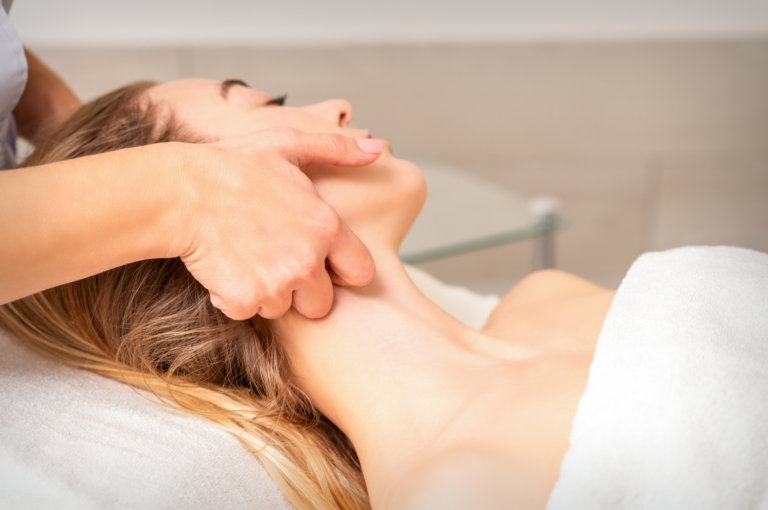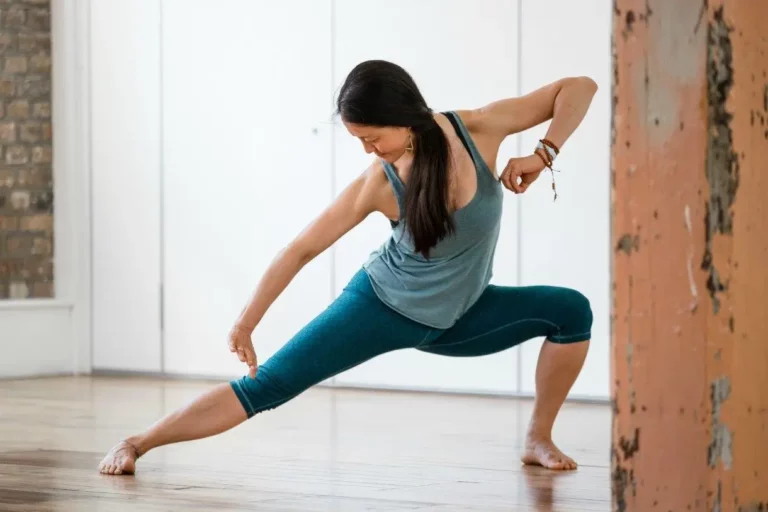The greatest improvement in our training performance may come from our preparation for it and our attitude towards training.
This week we speak with senior physiotherapist, Simon who owns Soho Physio and works with fellow senior physiotherapist, Regis De Silva at our Soho centre. He has some great tips – some more surprising than others – to help improve your training performance, whether you’re training for a marathon or simply looking to get back into your chosen sport or fitness routine after some time off. Simon explains:
If you arrive straight from work, you mental processing is still in a goal orientated, competitive work mode. Or perhaps you have squeezed your training into a tight schedule and arrived late: stressed, tense and anxious. All these negative emotions will be expressed in your body and this tends to lead to rigidity, increased muscle tension in some specific muscle groups and associated soft tissues. In turn this may affect your movement and flexibility.
All these negative emotions will be expressed in your body…and this may affect your movement and flexibility
With these factors in mind, here are some suggestions and tips that may contribute to improving your training performance. Try them out and see what works for you.
1. Meditate – take a few moments to enter a calm frame of mind before training.
A few moments of meditation, mindfully scanning through your body and becoming aware of where you are holding tension can allow you to consciously let go of that tension.
For example, my sport is open water swimming and my training sessions are early: just as the sun is rising over the horizon.
I take a few moments to say a pray and try to fill my heart with gratitude before I enter the water. This helps me create a relationship with the natural environment and rather than seeing the water as the enemy it becomes my friend
I aim to glide through the water as effortlessly as possible rather than power through the water focusing on overcoming my resistance and fighting against the elements. I try to relax while at the same time producing physical effort. This attitude naturally leads on to the second tip :good technique.
2. Concentrate on technique – it makes what seems impossible, achievable.
Eventually we will hit a brick wall imposed by our physiological limitations. Trying harder also increases the risk of injury and can be stressful and frustrating.
By shifting the focus to concentrating on technique we actually raise the bar of what is possible for us. What seemed impossible can, in time, become achievable. The very best sports people make their sport look easy as they have perfected technique, and their effort is used to maximum effect.
-
We can actually move the wall :we raise the bar of what is possible for us.
Technique is based on efficient movement patterns appropriate to your activity. These movement patterns should first be learnt at low resistance levels, so the neurological framework is acquired before we start to add strength, speed and power. We call this Neuro Muscular Integration.
3. Neuromuscular Integration – whatever your sport, before training go through movement patterns gently.
It’s like switching on your computer and opening the programmes you need to use for the task you are doing.
Neuro muscular Integration exercises as part of your warmup activates and stimulates muscle group patterns that you need to stabilise your body frame and generate movement. This is especially important if you have a sedentary jobwhere you have been sitting down all day you need to wake your body`s movement patterns up and tonify your muscle groups before starting your training routine.
Stretching to work on increasing range of motion should be done at the end of your training especially if you have been doing repetitive exercises to work through any stiffness and tightness that may have crept in. While your muscles are warm, they are more malleable and therefore more receptive to stretching that penetrates the fascia as well as the muscles.
4. Rest is fundamental.
Make sure rest is part of your training schedule and never train if you are still sore or hurting from the previous training session.
Be patient and the results will come.
5. Cross training – to prevent muscle imbalance
I am a swimmer. However, for my overall health and wellbeing I need to do some sessions in the gym.
Swimming is non-weight bearing, but the biggest challenge to our bodies over time is the force of gravity bearing down on us: one might say that gravity inevitably crushes us into a hobbled old age unless we do something about it.
It is important to….work on muscles that give support and general sound structure to our body, as this prevents muscle imbalance
I go to the gym to do some work against gravity to keep my anti gravitational muscles in shape. Most sporting activities tend to emphasis certain muscle groups over others. Most sporting activities tend to emphasis certain muscle groups over others: cycling is a great example in the way it works the lower body but leaves the upper body relatively untouched. So, it is important to cross train to work on muscles that give support and general sound structure to our body, as this prevents muscle imbalances that may lead to tightness, stiffness, or some kind of compensation in our body. Compensation is a precursor to many musculoskeletal problems.
6. Always hydrate.
Ensure you are well hydrated and plan your meals so that you have energy ready for training.
7. Age is important.
Finally, do take your age into consideration: the older you are, the more slowly you should increase your workload and develop your training. It`s like taking smaller steps to get to where you want. Be patient and disciplined. .
For more specific advice, David is happy to give free ZOOM consultations to help you with any questions or issues you may have or to design Neuro muscular Integration Exercises appropriate to your activity.
Regis has over 16 years experience and works with professional football, sport injuries and general private practice. He loves getting the core of the problem, finding out what movement patterns, postural faults and lifestyle habits influence the pain, discomfort and injury history of his clients so he can building it into effective treatment strategies. See his full schedule at triyoga here.










